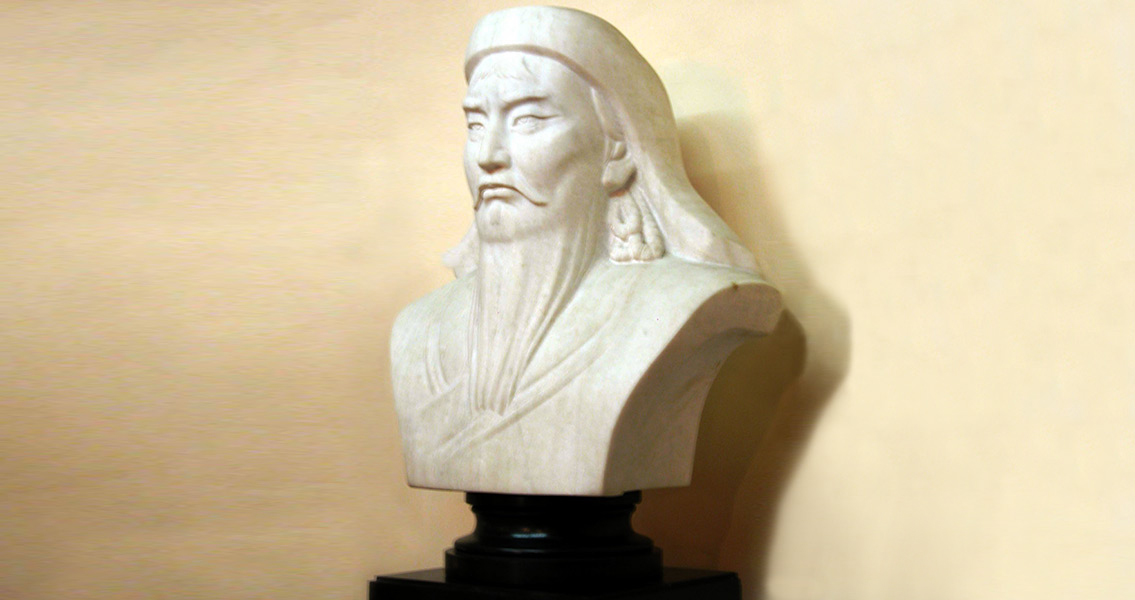<![CDATA[Last July, Ms. Westcott Wilkins told the Independent, "Archaeologists have to catch up in using different technology, because, if we don't, people are going to completely lose track of what we do." Wilkins, the director of DigVentures - the world's first crowd funded archaeological team, was discussing the consequences of cutbacks to archaeology in the UK, and the need for excavations to find new sources of funding. Her point was a pertinent one, and we can already see evidence of change in the ways the discipline is approached. Although University funding has continued to dwindle, and departments shrink, there is substantial evidence to suggest that interest in the details of our ancient past is just as strong as ever. But what new questions does archaeology's step into the Digital Age present? DigVentures first crowd funded dig was completed in August 2012. The not-for-profit organisation raised £27,000 from public donations to carry out excavations at Cambridgeshire's Flag Fen, a Bronze Age causeway featuring millions of preserved timbers. Eighty contributors then took part in the dig, working alongside experts to explore the site that was threatened by receding ground waters. Over the last few years, crowdsourcing and crowdfunding have become an increasingly popular way to raise funds, used to pay for album releases, movie production and even the construction of art galleries and community projects. That archaeologists have successfully taken advantage of this trend reveals both the importance of engaging with modern methods, as well as the sustained interest in the study of the past. Last week, what could prove to be one of the most significant archaeological expeditions of 2015 - the search for Genghis Khan's tomb - was revealed to have been facilitated by a crowdsourcing initiative. The location of Genghis Khan's tomb has long been a mystery. According to legend, the notorious Mongolian emperor was buried along with the treasures from his many conquests. The builders of his tomb were killed by his soldiers, and then the soldiers killed themselves, to keep the tomb's location a secret. Albert Yu-Min Lin, a research scientist with the University of California, created the 'Valley of the Khans' project to solve the mystery of where the great Khan was buried. Over 10,000 volunteers were recruited to sift through satellite images of Mongolia. The team of volunteers contributed a total of 30,000 hours to studying the images, a work rate which would have been almost impossible to achieve through traditional means. The idea was they would pinpoint unexplained anomalies on the ground, which would then be studied by specialists. The tomb itself has not been found yet, but a hundred locations of archaeological interest have been pinpointed. National Geographic has since sent a ground team to Mongolia to study these locations in greater detail. There are no guarantees that they will find the tomb of Genghis Khan, but the contributions of volunteers and state of the art technology has greatly improved the efficiency of the archaeological process, allowing areas of interest to be pinpointed before the team even arrived in Mongolia. Archaeology's progression into the digital age is not limited to just crowdsourcing and crowdfunding initiatives. Excavations at the Amphipolis tomb will soon be monitored by a rolling live feed, while the Tokat Castle in Turkey recently announced plans to set up a Webcam for virtual tourists, in a dungeon supposed to have imprisoned Vlad the Impaler. Excavations at Amphipolis in particular, have been presented like an unfolding drama, as historians, archaeologists and commentators speculate over exactly who was buried in the tomb. Wilkins' DigVentures organisation seems to have been ahead of the curve, realising the potential of the Digital Age to support archaeology at a time traditional revenues were drying up. While it is reassuring that funding for archaeology still exists, new considerations could influence what does and does not get excavated and studied. Archaeologists and historians might have to start considering the amount of potential 'hits' or donations a project could draw, when determining areas for research. For example, would Yu-Min Lin's Valley of the Khans project have received so much support, if it wasn't associated with the potential glamour of finding Genghis Khan's tomb? Archaeologists have successfully caught up with modern technology, but the adaptation to the digital age raises new questions that need to be considered - alternative compromises might need to be made to secure alternative funding. Image courtesy of Wikimedia commons user: Jim Garamone, American Forces Press Service]]>
New Approaches and New Questions in Archaeology
